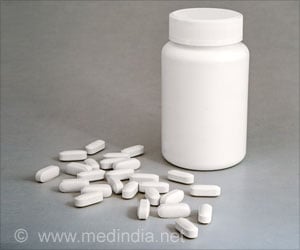Psychedelic-assisted therapy is now being reconsidered as a potential treatment for addiction, though more research is needed.

From Research to Reality: Crafting an Image of the Current State of Psychedelic-Assisted Psychotherapies for Substance Use Disorders
Go to source). Psychedelics are substances that essentially alter users’ perceptions and thoughts about their surroundings and themselves. For millennia, indigenous cultures have used plants with psychedelic properties in traditional medicine and spiritual rituals.
‘1 in 5 Americans report using psychedelics at least once in their lifetime, with usage rising steadily in recent years. #psychedelics #addiction
’





And for a time in the mid-20th century, Western researchers became interested in the potential for psychedelics to help treat a range of psychiatric conditions, including substance use disorders. That research ground to a halt not long after it began, partly due to the recreational use of drugs such as LSD (“acid”) and psilocybin (“magic mushrooms”) as well as the U.S. federal government’s so-called war on drugs.
Things have shifted in more recent years. Drugs such as psilocybin, ketamine, and MDMA (“ecstasy”) are under study again, in what researchers call psychedelic-assisted therapy: In a nutshell, small doses of the drugs are given under medical supervision, in combination with conventional talk therapy.
Reimagining Addiction Treatment
As the JSAD series highlights, a collection of small clinical trials have tested psychedelic-assisted therapy for helping people with alcohol dependence, opioid addiction, and certain other substance use disorders.There have been promising results, suggesting the approach can lead to higher abstinence rates than conventional therapy alone.
Advertisement
“It really flips conventional substance use disorder treatment on its head,” said Dominique Morisano, Ph.D., of the University of Toronto’s Centre for Addiction and Mental Health.
Advertisement
But, she said, people with substance use disorders typically use drugs to “hide” from their troubling thoughts and feelings.
Psychedelic-assisted therapy, by contrast, seems to help “lift the veil” and allow people to have insights -- “lightbulb moments” -- that aid in their recovery, Morisano explained.
Patients may, for example, have renewed feelings of self-efficacy that make it easier to adopt healthier behaviors and coping skills. No one knows exactly how psychedelics do this. One theory, Morisano said, is that they act via “neuroplasticity” -- the brain’s ability to reorganize its wiring.
It’s clear that much more research is needed, according to Morisano. There are still basic questions, such as, Which psychedelics are effective for substance use disorders? Which protocols work best? That will take funding, she noted, which until now has mainly come from private sources, but government funding is just starting to open up more.
For now, Morisano stressed, people should understand that psychedelics are not a do-it-yourself treatment for substance abuse or mental health disorders: The psychotherapy component is crucial.
“A lot of people have been misled into thinking they can ‘microdose’ on their own,” Morisano said. “But you can’t wipe the psychotherapy out of this.”
Reference:
- From research to reality: Crafting an image of the current state of psychedelic-assisted psychotherapies for substance use disorders - (https://www.jsad.com/doi/10.15288/jsad.24-00208)
Source-Eurekalert











